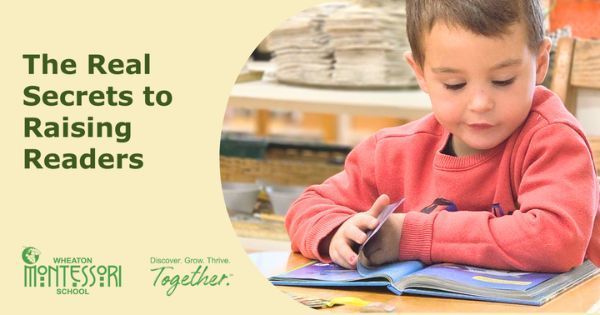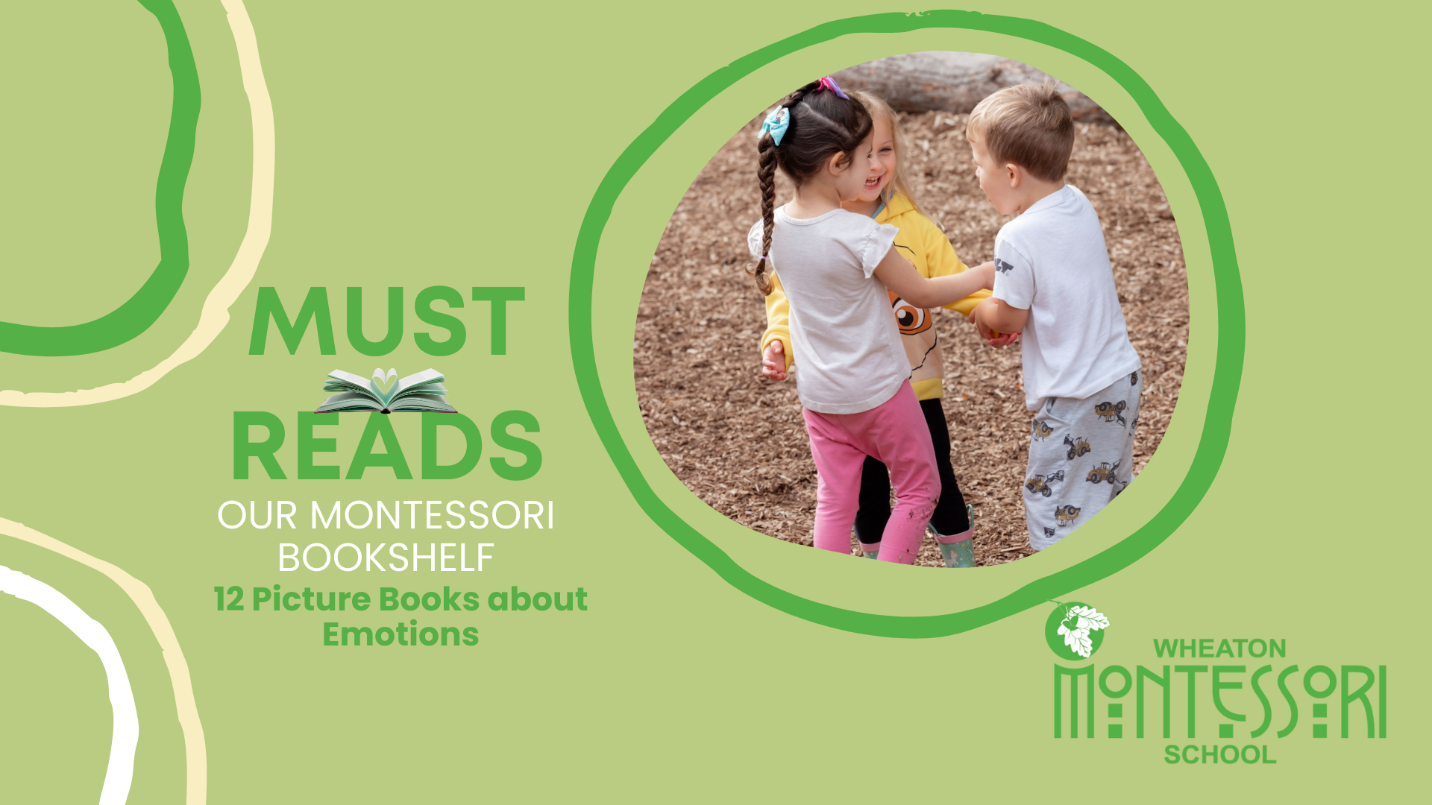
Books are a safe space to process difficult conversations, and emotions, and begin big conversations!
— Emily Searcy, Wheaton Montessori School upper elementary teacher
This must-read list post highlights social-emotional skills. Our list starts with empathy. Showing care and compassion is critical in relationship-building and forming strong connections. The cornerstones of empathy are being able to understand and appreciate others’ perspectives and having a shared emotional response.
Books are a tremendous tool for helping our young people develop social-emotional skills. One analogy for why this is the case is how books can be mirrors, windows, and sliding glass doors. When we see our lives reflected in the pages of a book, the book is like a mirror of our experience. When we view lives and stories that are different from our own, books are like windows that allow us to see new vistas. When we feel transported into the story and feel empathy for the characters, books become sliding glass doors that allow us to step into new worlds of understanding.
To lean into more uncomfortable feelings, we are sharing some of our favorite books that cultivate emotional intelligence. We hope you share them with your children and explore these more emotions through the neutrality of characters and plot!
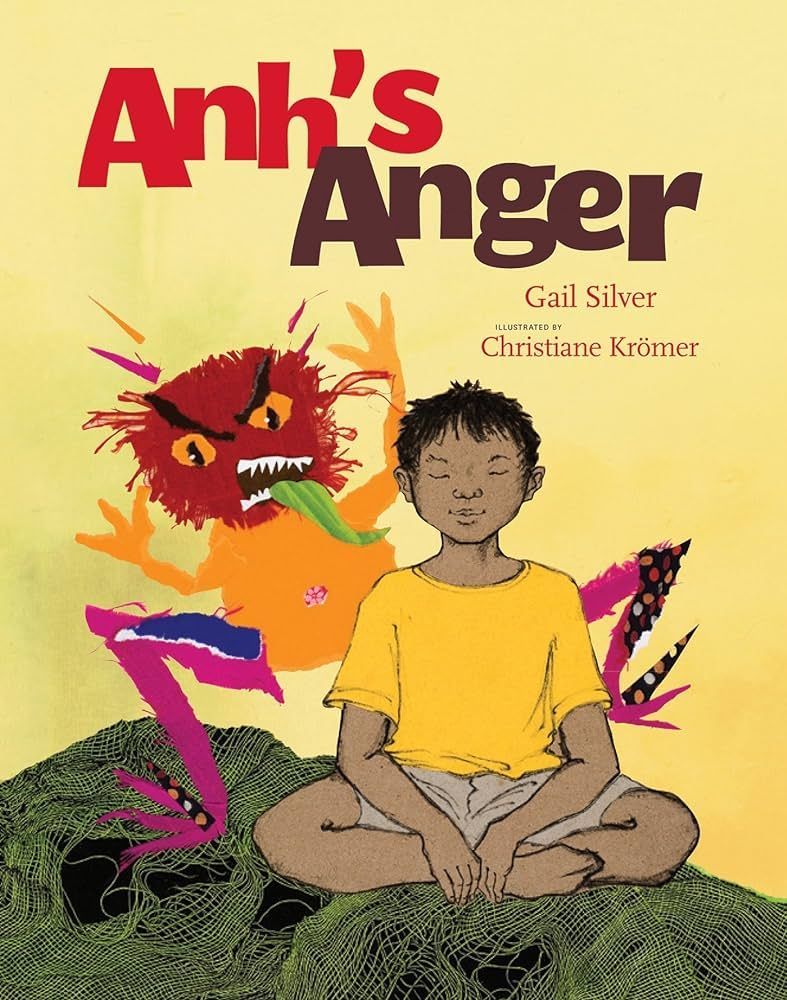
By Gail Silver, Illustrated by Christiane Krömer
Big emotional reactions can be hard to understand. This story helps illustrate how anger is just one part of us. If we can give that part the attention it needs, we can take care of the feeling rather than letting it control us. This story also shows the power of adults staying calm and controlled in the face of big feelings. Illustrated with handmade collages, the images create a textured representation of Anh’s experience. Note: Due to having anger characterized as an external monster, this book is most appropriate for children aged five and up.
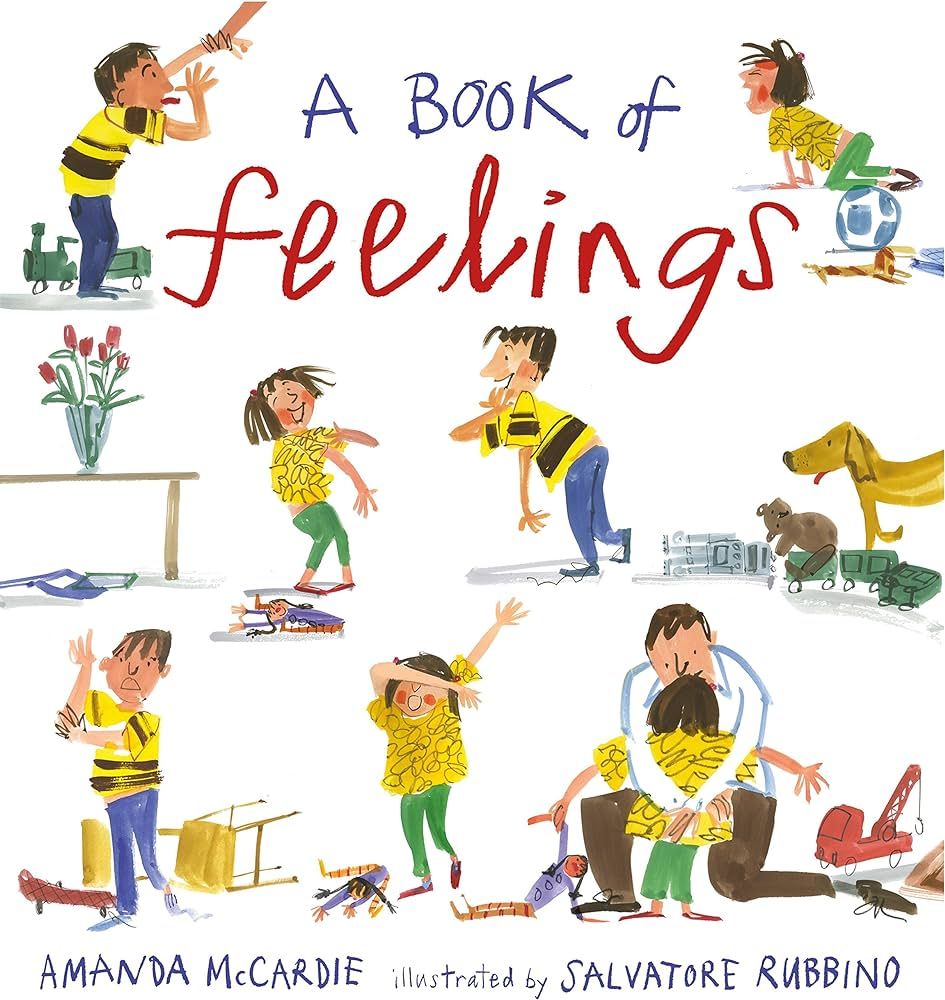
A Book of Feelings: Starring Sam, Kate, and Fuzzy Bean
By Amanda McCardie, Illustrated by Salvatore Rubbino
This story starts with two children, their dog, the love in their family, and the emotion of feeling happy. Then through the ups and downs of changes, arguments, loss, and more, we travel through a variety of emotions that emerge in children’s lives. Although the text and images are simple, the content moves into the complexity of what we can feel in our lives. The author shares some helpful questions to explore at the end of the book and an index identifies which pages highlight the different emotions: angry, cross, embarrassed, frightened, grumpy, happy, hurt, jealous, loved, loving, nervous, sad, shy, and upset. This is a book that can be revisited many times as children grapple with different feelings.
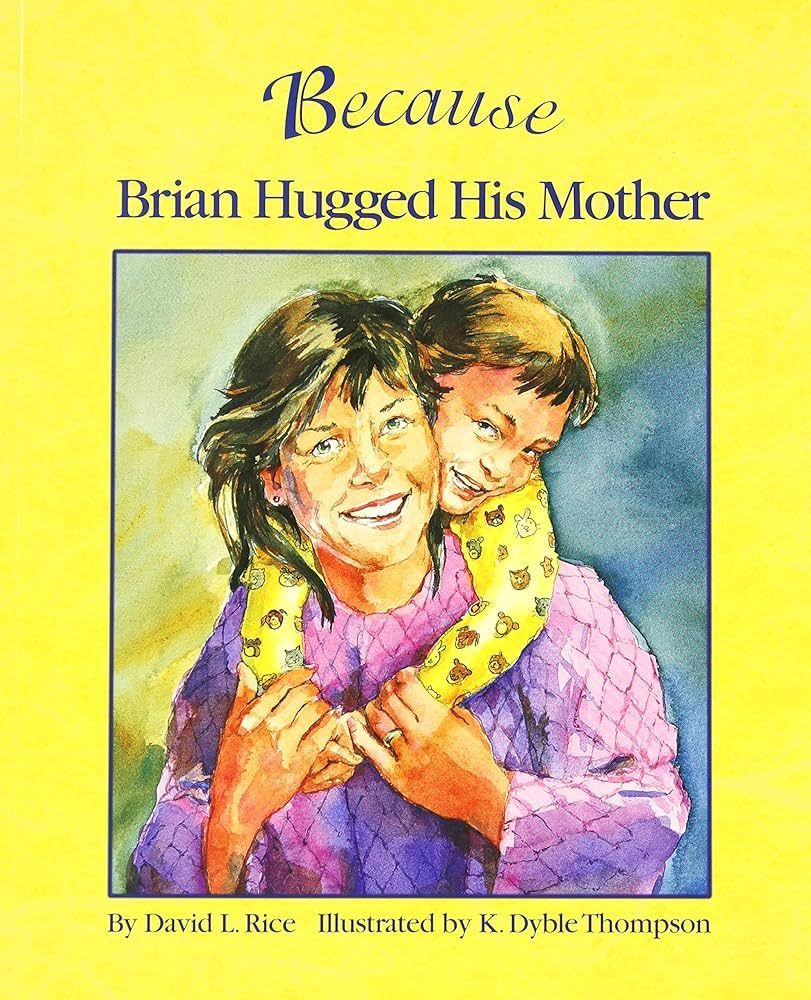
Because Brian Hugged His Mother
By David L. Rice, Illustrated by K. Dibble Thompson
With one act of kindness at the beginning of the day, Brian initiates a domino effect of good feelings and actions. Each act leads to different kinds of positivity which then leads to more kind actions! This is a great book to share to counteract when children get caught up in a cycle of negative feelings and actions. The best part is how all the goodness returns (like good karma!) to Brian at the end of the day. And because Brian goes to sleep feeling loved, he wakes up feeling great, which sets up the day to start with another lovely act of kindness!

By Sheetal Sheth, Illustrated by Lucia Soto
All too often girls are navigating how to balance doing something well with being liked. In this story, Anjali is shining in a traditionally male space, which brings taunts and disdain from her closest friend. Fortunately, an older girl reminds Anjali to never dim her light which helps Anjali stay true to her passion. In the process, she inspires a younger girl to see what is possible. This story is also an excellent one to share to help children understand what can be behind unkind behaviors and how it is possible to make amends after not-so-great choices.

By Frank Murphy and Charnaie Gordon, Illustrated by Kayla Harren
This celebration of friendships highlights the multifaceted nature of connecting with people and how we gain so much in the process. If you have young people in your life who are discovering what it means to make friends and, perhaps even more importantly, what it means to be a friend, this is a must-read. The vivid, diverse, and inspiring illustrations bring this book to life and also offer a vision of what is possible in this world!
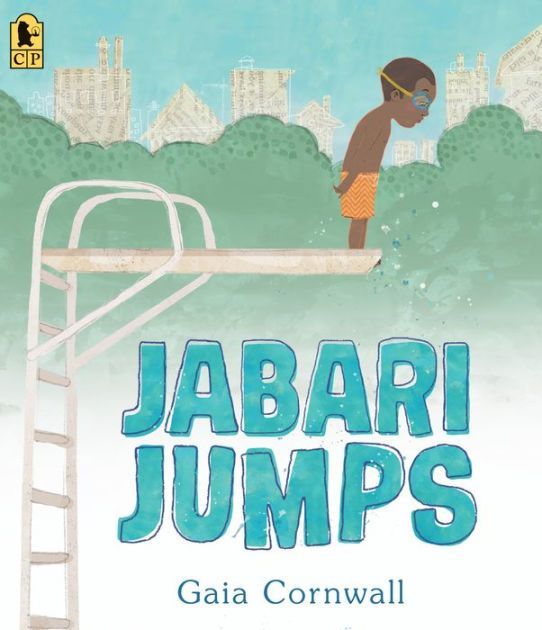
By Gaia Cornwall
With sweetness and simplicity, this book follows a young boy’s excitement and nervousness about jumping off a diving board. With support from his dad, Jabari works through some helpful tools for managing his feelings. The reassurance that it is okay to feel a little scared (plus ideas for how to help that feeling shift into something positive) is helpful for our little ones (and even for us as adults!).

Listening with my Heart: A Story of Kindness and Self-Compassion
By Gabi Garcia, Illustrated by Ying Hui Tan
So often children’s books focus on everything going right. Yet how we handle ourselves, including our self-talk, in the face of disappointments and mistakes is important for emotional regulation. This is a story of Esperanza’s day: from her excitement about her part in the play, to her awareness of spreading love and kindness, to her heartbreak when she feels like she’s ruined the play, to her realization that we also need to be loving and kind to ourselves. This story can be read again and again, during good days and days that stink. The resources at the end of the book are also incredibly valuable for helping our children develop self-compassion and positive self-talk.
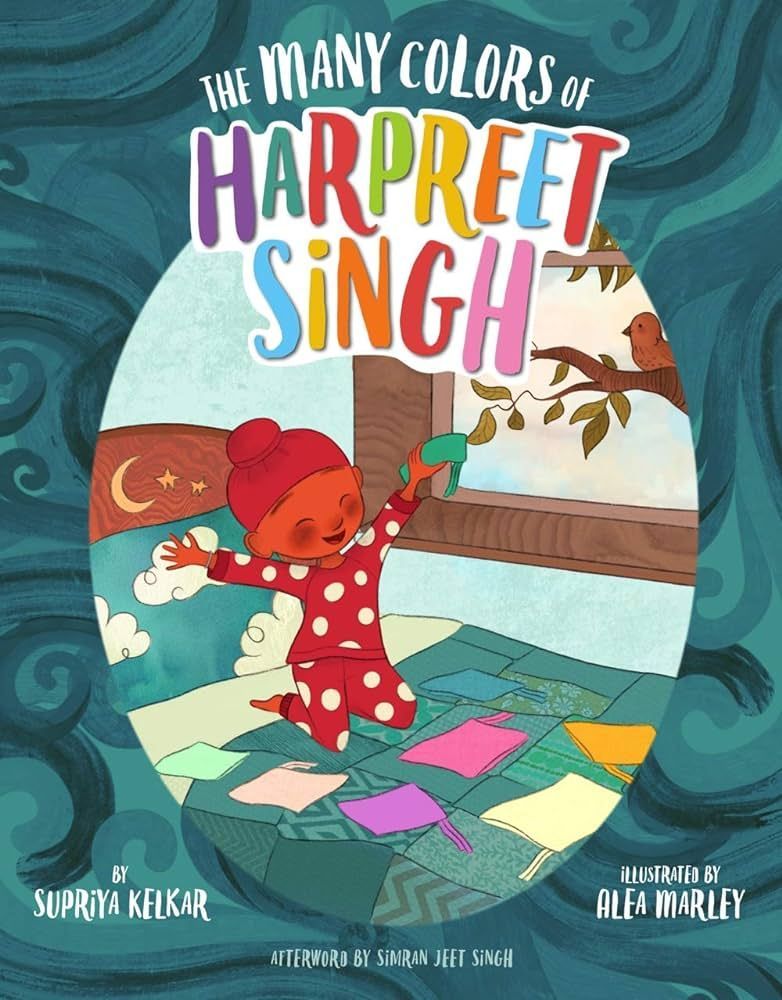
The Many Colors of Harpreet Singh
By Supriya Kelkar, Illustrated by Alea Marley
Change is hard for children. When Harpreet Singh’s family moves, he has to leave the place he knows. As a result, the colors he uses to express himself fade into a white, colorless, shy need to not be seen. However, one small connection to a classmate changes everything for Harpreet. This story is an excellent reminder of the power of friendship and the importance of small acts of connection. The author’s note at the end also provides a window into why Harpreet’s patka (a specific style of turban for young boys) represents important values of equality.
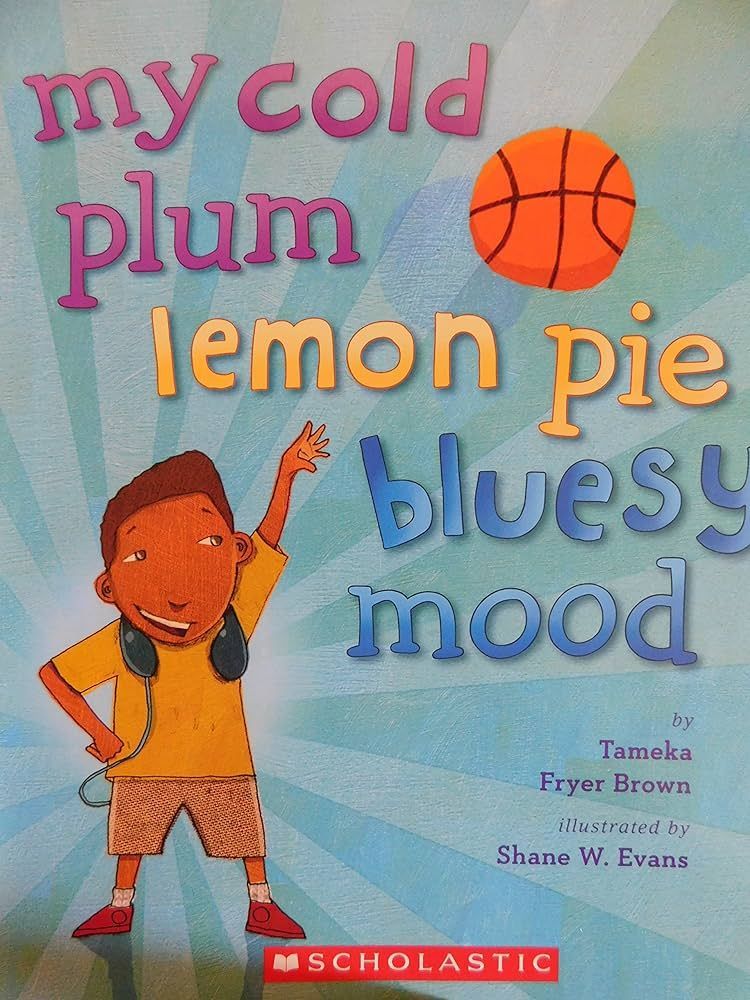
My Cold Plum Lemon Pie Bluesy Mood
By Tameka Fryer Brown, Illustrated by Shane W. Evans
Navigating the ups and downs of family life can bring up all sorts of feelings. The shifting colors of one boy’s mood come to life in the jazzy prose of this book: from a gloomy gray when brothers get pushy, to gentle green from a little sister’s smile, to racing red to get home before dark. Despite the challenges, everything comes full circle as the family comes together. A bonus to this book is that the author is a Montessori mom!
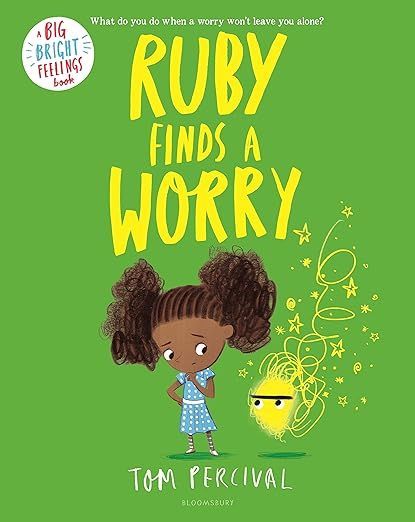
By Tom Percival
This is a helpful picture book for young children who are struggling with any kind of worry or anxiety. The concept of a “worry” is materialized as a little fuzzy blob that grows over time and becomes ever-present for Ruby as she goes about her days. And the more Ruby worries about her worry, the larger it grows. Finally, Ruby encounters a boy sitting alone with his own worry. As Ruby and the boy express and share their worries, they realize that their worries shrink to the point of non-existence! Note: Due to having the “worry” externalized in a fantasy-based way, this book is best for children aged five and up.
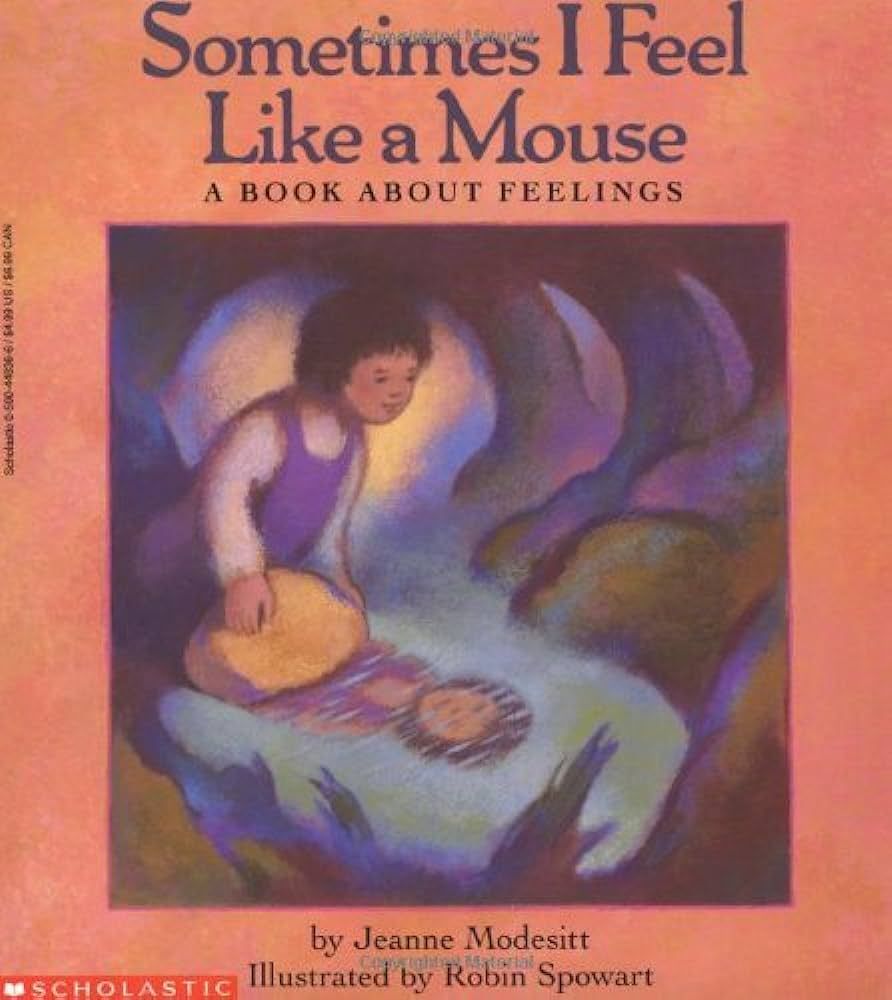
Sometimes I Feel Like a Mouse: A Book About Feelings
By Jeanne Modest, Illustrated by Robin Spowart
Simple and straightforward, this picture book demonstrates feelings through similes. The text is large and clear with the emotion words highlighted in colors that coordinate with the feelings. This is a great introductory book for our younger children and helps set the stage for identifying and naming how we feel at different times.
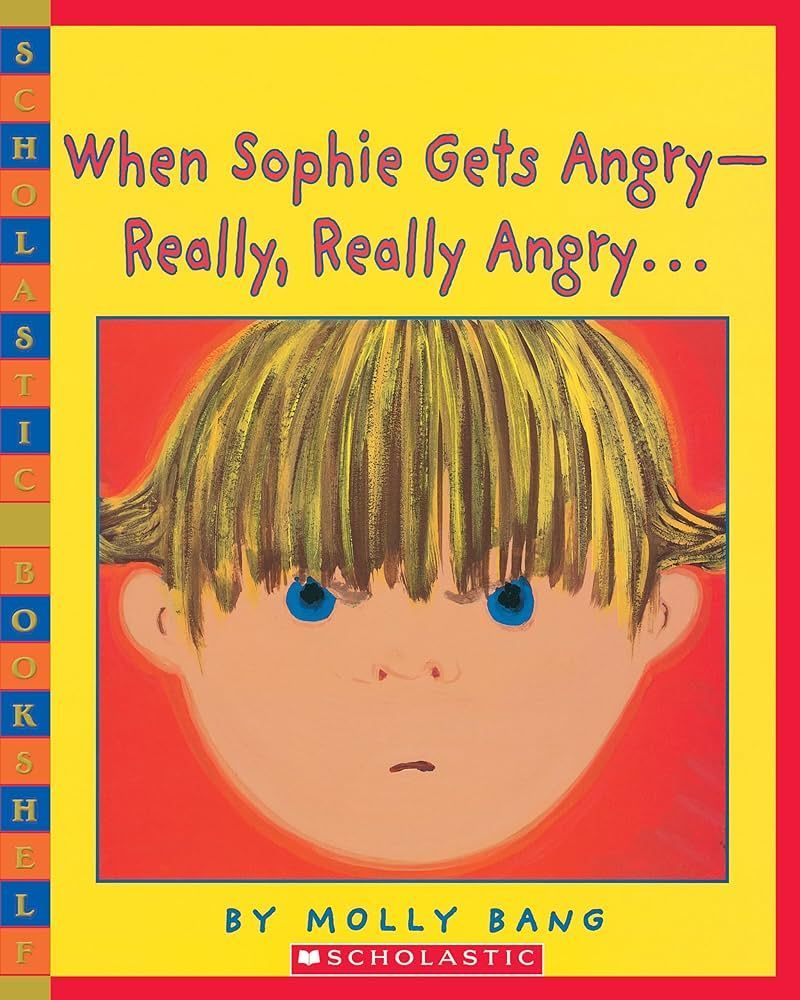
When Sophie Gets Angry–Really, Really Angry…
By Molly Bang
This Caldecott Honor Book is a must-have. Molly Bang uses color and image to show the shift into surprise, hurt, and then intense anger at the unfairness of an interaction with a sibling. A volcano ready to explode, Sophie slams the door and runs straight into nature. It is here that cool colors begin to ease and soothe. She finds a place of calm that allows her to reenter her home with love.
We hope these books offer you and your children new ways to explore the many aspects of our emotional lives. You can
click here to download a printable booklist. We also invite you to schedule a tour to see how social-emotional learning is woven into the fabric of Montessori classrooms.


